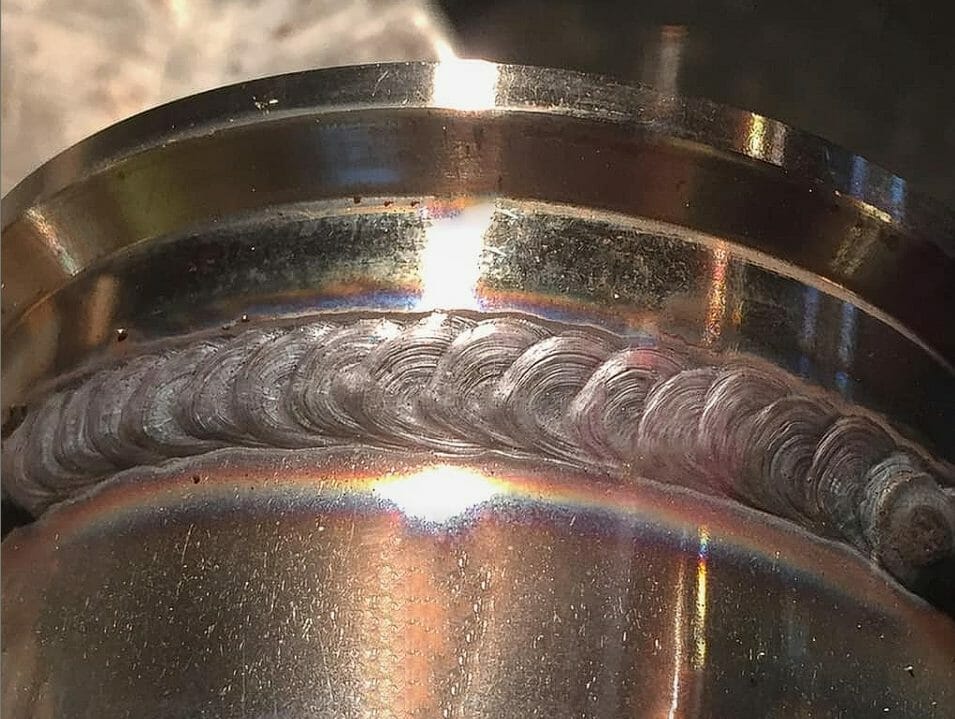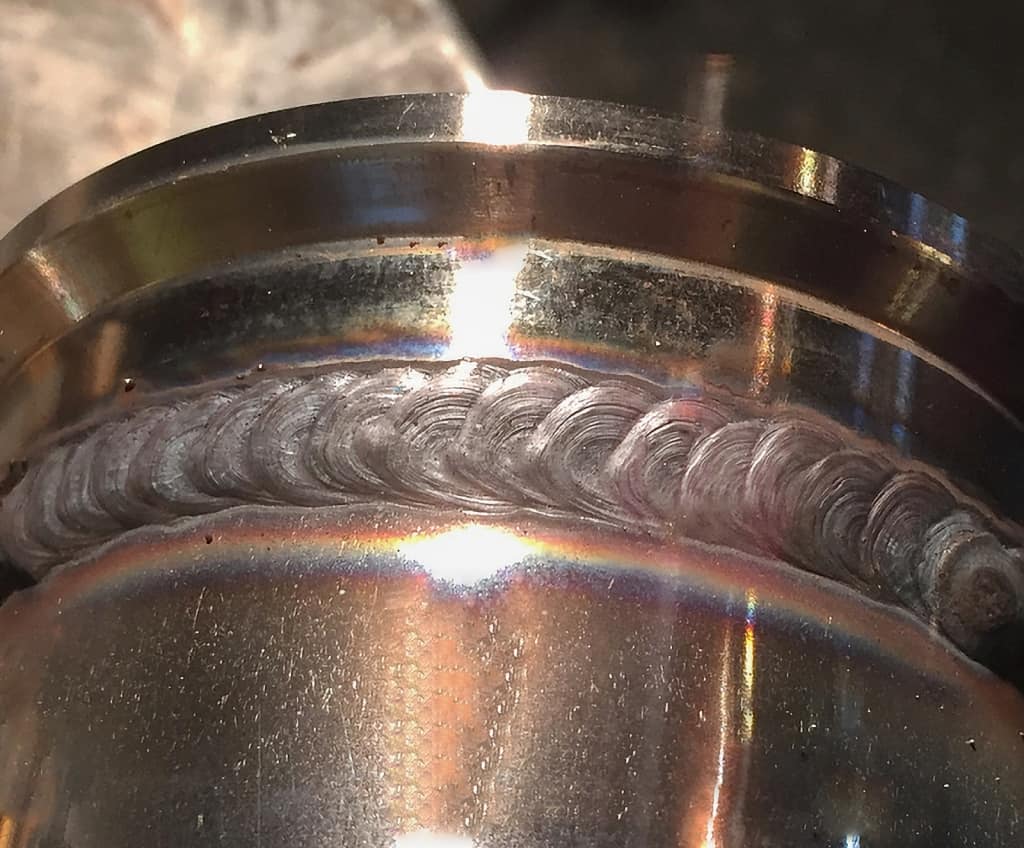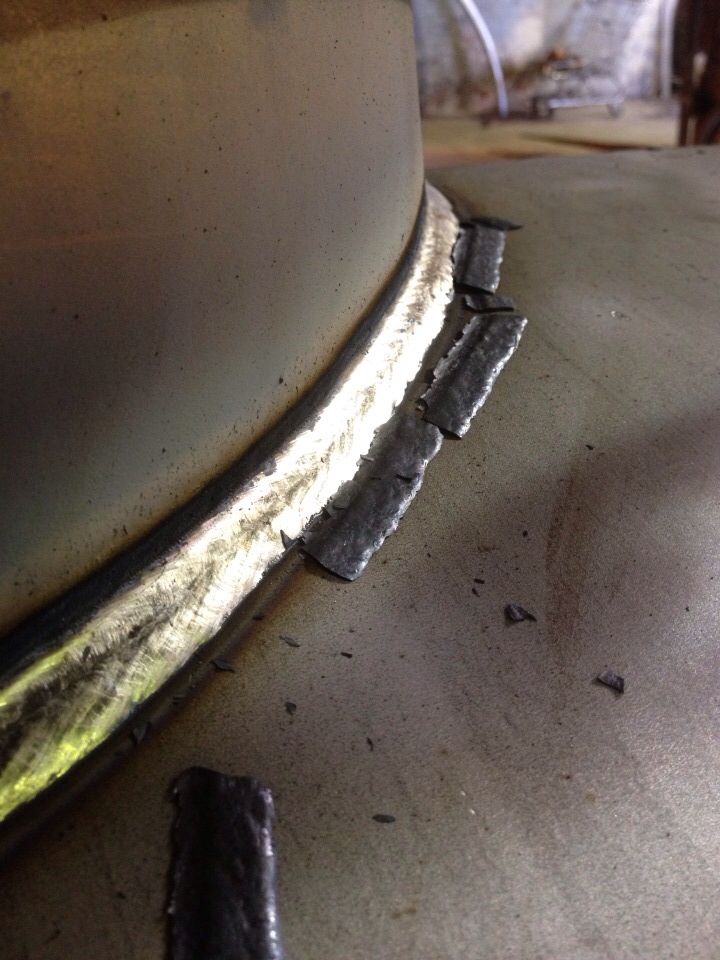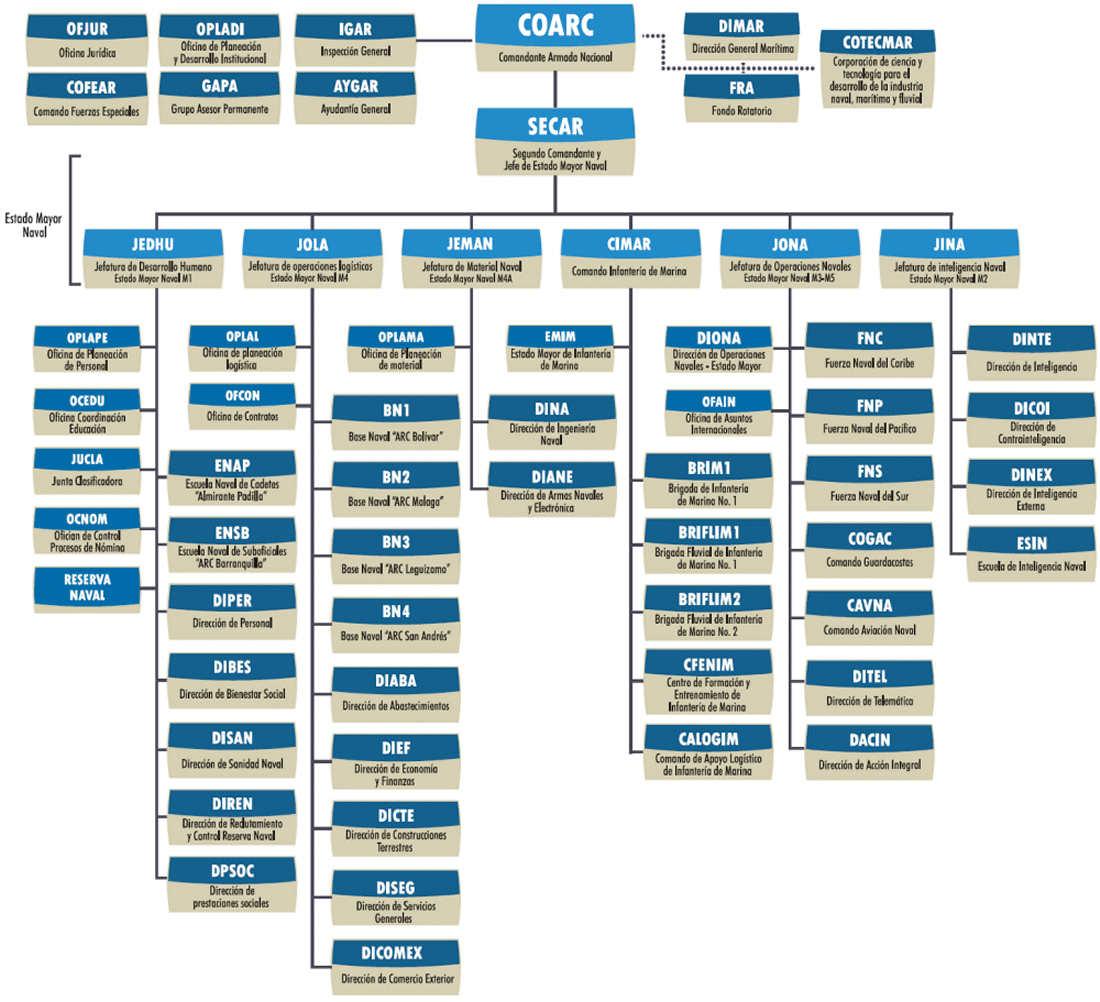MIG Welding Stainless Steel

Introduction to MIG Welding Stainless Steel

MIG (GMAW) welding is a popular method for joining stainless steel due to its high speed, low cost, and excellent weld quality. Stainless steel is a versatile material with numerous applications in various industries, including construction, automotive, and food processing. When it comes to MIG welding stainless steel, it’s essential to understand the process, equipment, and techniques involved to produce high-quality welds.
Equipment and Materials Needed

To get started with MIG welding stainless steel, you’ll need the following equipment and materials: * A MIG welder with a suitable power source (e.g., DC or AC) * A welding gun with a stainless steel liner * A shielding gas (e.g., argon, helium, or a combination of both) * Stainless steel filler wire (e.g., ER308L or ER316L) * Stainless steel base metal (e.g., 304 or 316) * Welding gloves, helmet, and safety glasses * A wire brush and cleaning solution for preparing the base metal
Preparation and Setup

Before starting the welding process, ensure the base metal is clean and free of contaminants. Use a wire brush and cleaning solution to remove any dirt, oil, or rust. Next, set up your MIG welder according to the manufacturer’s instructions and select the appropriate shielding gas and filler wire for your specific application. The shielding gas plays a crucial role in protecting the weld area from atmospheric gases and ensuring a smooth, porosity-free weld.
Welding Techniques and Parameters

When MIG welding stainless steel, it’s essential to use the correct welding techniques and parameters to achieve a high-quality weld. Some key considerations include: * Welding speed: A moderate welding speed is recommended to prevent overheating and distortion of the base metal. * Wire feed speed: Adjust the wire feed speed to maintain a consistent arc length and prevent porosity. * Shielding gas flow rate: Set the shielding gas flow rate according to the manufacturer’s recommendations to ensure adequate protection of the weld area. * Arc voltage: Monitor the arc voltage to ensure it’s within the recommended range for your specific application. Some common welding techniques used for MIG welding stainless steel include: * Stringer beads: This technique involves welding in a continuous, straight line to produce a smooth, consistent weld. * Weave beads: This technique involves welding in a zig-zag pattern to produce a wider weld with improved penetration.
Common Challenges and Solutions

When MIG welding stainless steel, you may encounter some common challenges, including: * Porosity: This can be caused by inadequate shielding gas coverage, excessive welding speed, or incorrect wire feed speed. To prevent porosity, ensure adequate shielding gas coverage, adjust the welding speed and wire feed speed as needed, and use a high-quality filler wire. * Distortion: This can be caused by excessive heat input, uneven welding, or inadequate clamping. To prevent distortion, use a moderate welding speed, ensure even welding, and clamp the base metal securely. * Corrosion: This can be caused by inadequate shielding gas coverage, incorrect filler wire selection, or poor welding technique. To prevent corrosion, ensure adequate shielding gas coverage, select the correct filler wire for your specific application, and use a high-quality welding technique.
📝 Note: Always follow the manufacturer's instructions for your specific MIG welder and welding consumables to ensure optimal performance and weld quality.
Weld Quality and Inspection

After completing the welding process, inspect the weld for quality and defects. Some common defects to look for include: * Porosity: Visible pores or cavities in the weld metal. * Lack of fusion: Inadequate penetration or fusion of the weld metal to the base metal. * Cracks: Visible cracks or fissures in the weld metal. To ensure high-quality welds, use a combination of visual inspection, radiography, and mechanical testing.
| Weld Quality Parameter | Acceptable Value |
|---|---|
| Porosity | Less than 1% of weld area |
| Lack of fusion | None visible |
| Cracks | None visible |

Applications and Industries

MIG welding stainless steel has numerous applications in various industries, including: * Food processing: Stainless steel is often used in food processing equipment due to its resistance to corrosion and ease of cleaning. * Construction: Stainless steel is used in construction for its strength, durability, and resistance to corrosion. * Automotive: Stainless steel is used in automotive applications for its strength, durability, and resistance to corrosion. * Aerospace: Stainless steel is used in aerospace applications for its high strength-to-weight ratio, resistance to corrosion, and ability to withstand extreme temperatures.
In summary, MIG welding stainless steel requires careful preparation, setup, and technique to produce high-quality welds. By understanding the equipment, materials, and techniques involved, you can overcome common challenges and produce welds that meet the required quality standards for your specific application.
What is the recommended shielding gas for MIG welding stainless steel?

+
The recommended shielding gas for MIG welding stainless steel is a combination of argon and helium, such as 75% argon and 25% helium.
What is the purpose of using a stainless steel liner in the welding gun?

+
The stainless steel liner helps to prevent contamination of the weld area and ensures a smooth, consistent wire feed.
How do I prevent porosity in MIG welding stainless steel?

+
To prevent porosity, ensure adequate shielding gas coverage, adjust the welding speed and wire feed speed as needed, and use a high-quality filler wire.



